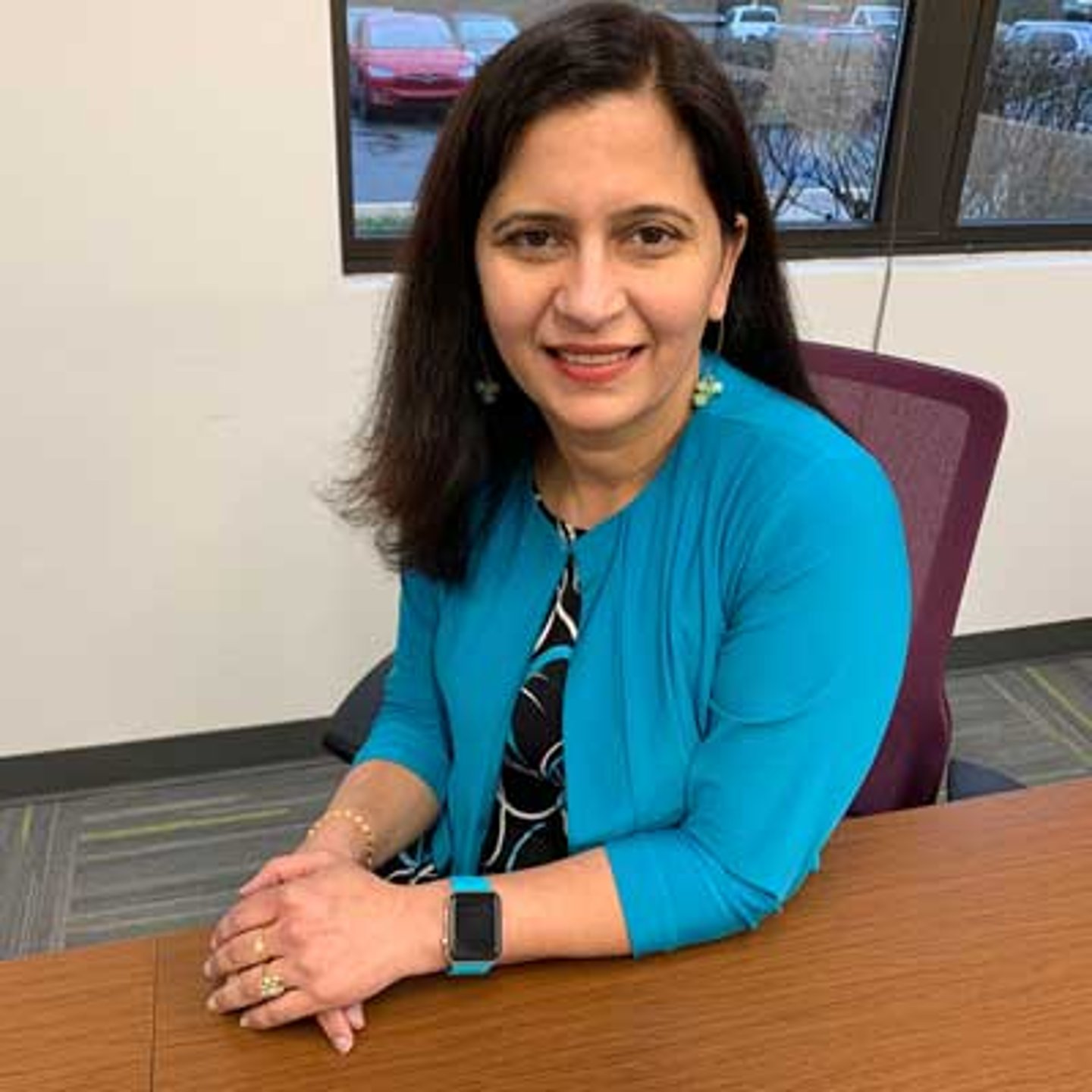Q&A: Dr. Reddy's Vaishnav discusses the company's pharmacovigilance efforts
Foram Vaishnav is director of the North American pharmacovigilance and risk management team at Dr. Reddy’s. She is responsible for the oversight of collection, monitoring, assessment and reporting of adverse events, as well as risk evaluation and mitigation strategy, or REMS, programs for North America generics business. She discussed Dr. Reddy’s current efforts with Drug Store News.
Drug Store News: Can you explain the term “pharmacovigilance” and what it entails?
Foram Vaishnav: Per the World Health Organization, pharmacovigilance is defined as “the science and activities relating to the detection, assessment, understanding and prevention of adverse effects or any other drug-related problem.”
Pharmacovigilance, or in lay terms “Drug Safety,” activities involve monitoring approved drugs and investigational medicinal products under clinical trials to:
- Identify adverse effects that were previously unknown;
- Recognize changes in the frequency or severity of known adverse effects;
- Assess a drug’s risk/benefit to determine if action is required to improve safety; and
- Ensure the accuracy of information communicated to healthcare professionals and patients, as well as to ensure up-to-date information is captured and readily available via prescribing information.
The development of a safety profile and its continuous monitoring is the core purpose of pharmacovigilance. Essentially every drug has therapeutic benefits to cure certain diseases and inherently may cause side effects, which occur during administration or use of the drug. This benefit to risk ratio of a drug constitutes the safety profile. The serious side effects reported during clinical trials of drugs help establish a baseline safety profile, which helps regulatory agencies to approve or deny marketing authorization.
However, due to limited patient exposure in clinical trials, not all rare or severe side effects may have been documented from clinical trials in the prescribing information. Exposure to wider patient population may also demonstrate certain drug-drug interactions, severity of known side effects and dangers of drug misuse/abuse. These instances warrant ongoing monitoring of drug safety even after drug approval and updating the safety profile.
DSN: Why is pharmacovigilance such an important piece of the entire prescription drug regulatory process?
FV: Pharmacovigilance activities start with clinical trials to provide information on the safety and therapeutic benefits of a drug. The aim of pharmacovigilance monitoring during the clinical trials is to demonstrate that the therapeutic benefits outweigh the risk — severe side effects — and, if proven, the respective data is submitted to a regulatory agency (i.e., the FDA) to gain approval to commercialize the drug. It is primarily due to the work of pharmacovigilance activities that the drugs in the market that we consume are documented to be mostly safe and those that are found harmful are recalled from the market.
DSN: When it comes to keeping track of side effects, does it have an impact if a drug is marketed to a smaller or larger patient population?
FV: The patient population size is not relevant. As long as the drug is marketed in that country, the marketing authorization holder has to have systems in place to collect, monitor and report adverse reactions.
Generic manufacturers like Dr. Reddy’s are required to conduct clinical trials to demonstrate bioequivalence to brand-name products.
Per the FDA requirements, in order to receive FDA approval, generic drugs must:
- Contain the same active ingredient;
- Be the same strength;
- Be the same dosage form (tablet, capsule, etc.); and
- Have the same route of administration (oral, topical, injectable, etc.) as the brand-name drug.
Drug Store News: How long does it usually take to develop a safety profile on a drug?
FV: The development of a safety profile is an ongoing safety surveillance for drugs, and it can sometimes take years of patient exposure data to identify rare and potentially hazardous side effects. The safety profile can also be updated as part of continuous monitoring.

